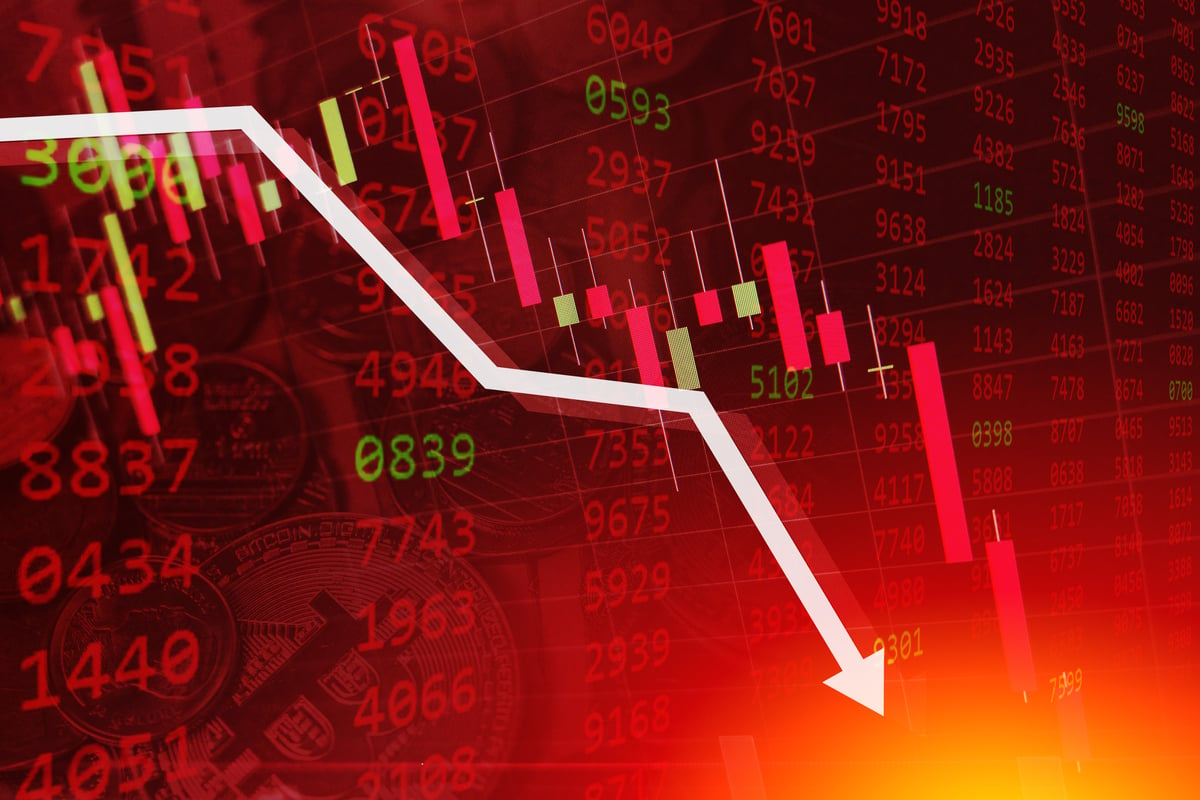Athletic apparel specialist Under Armour (UA +1.10%) (UAA +0.53%) lost less money than it expected to in the second quarter, and that was the closest thing to good news in the report it published Tuesday morning. Sales kept falling in the North American market, and revenue growth slackened off considerably even internationally.
Now, what can't be denied is that the company's products are high quality, so in this segment from the MarketFoolery podcast, host Chris Hill and MFAM Funds CIO Bryan Hinmon take a run at explaining the reasons why Under Armour as a business is in such trouble. They'll talk leadership -- CEO Kevin Plank creates multiple issues -- competition, the business model, its strategic transformation, and more. They'll also speculate about the outlook for the company, the brand, and the stock.
To catch full episodes of all The Motley Fool's free podcasts, check out our podcast center. A full transcript follows the video.
This video was recorded on July 30, 2019.
Chris Hill: We've got to start with Under Armour. I think the good news for second quarter results for Under Armour were this: they lost less money than was expected. I think that's the good news. Everything else in Under Armour's second quarter looked pretty bad. Sales came in a bit low. Maybe worst of all, and with the stock down about 13% this morning, I'm assuming this is the big driver of the drop, is that they lower guidance for the rest of the fiscal year in North America. They previously said, "We think it's going to be basically flat in North America in 2019." Now they're like, "No, actually, it's going to be worse."
Bryan Hinmon: Yeah, the performance in North America has not been good. Sales were down about 3% in the quarter. This is the fourth straight quarter of declines in North America, which is their largest and most important reporting segment. It's actually worse than that because Under Armour changed how they did segment reporting a couple of quarters ago, so this is probably nine straight quarters, roughly. But it wasn't just North America. You saw international, which has been the only bright spot for them, in Q4 sales were up about 25%, 28% in Q1. That growth rate halved to about 12% in Q2. You don't have North America working, you don't have international working. Look at direct-to-consumer, which is their own stores, store count was up 15% but sales were only up mid-single-digits, which means that people aren't coming into the store, and comps were down.
In Kevin Plank's opening remarks, he said something to the effect of, "As we're in the middle of year three of our strategic transformation," and I think that captures what's going on here. Investors are incredibly frustrated. And being in year three of a transformation highlights how much was broken, and how much needed to be fixed. And we're just not there yet.
Hill: I think this would be maybe not better received from investors, but maybe it would be a little bit more understandable if Under Armour didn't make good stuff. They appear in general to make quality merchandise. You can point to a couple of examples here or there. NBA star Steph Curry is an Under Armour representative, and he came out with a new basketball shoe a year or two ago that got made fun of, maybe sales haven't been that good, that sort of thing. There are those examples. But in general, Under Armour makes really good stuff. So, what is the problem here when you look at their business? I remember when Nike's most recent results came out, and Nike was starting to do better in North America than they had been. There had been a while there were Under Armour shareholders like me could take a little bit of solace from the fact that Nike was struggling in North America, too. Well, most recent quarter, Nike's starting to turn that around. I remember seeing that and thinking, "Now I know exactly what to look for in Under Armour's next report: are they going to present a similar improvement in North America?" And overwhelmingly, the answer is no.
Hinmon: Under Armour does make good stuff. And they've actually doubled down on being a performance-driven company rather than appealing to everyday wear, where Nike and Adidas have been taking share and performing really well. My team and I have been saying for the past couple of years, there are two really big problems at Under Armour. One is, Kevin Plank is hard to work with. There's been an incredible amount of executive turnover. The second thing is, his focus is entirely on building the brand and building really high-quality goods, and not focused enough on actually being an adult in how he runs the business. It's just not a smoothly running, professional organization. Those two things, if you look at this quarter, you actually see a little bit of silver lining here. A couple of years ago, they brought in a guy named Patrik Frisk from Aldo Shoes to be the COO. He just passed his two-year anniversary. So, tongue in cheek, I'm going to celebrate that he has survived two years working with Kevin Plank. The good news is, Kevin Plank is actually starting to listen to him. Under Frisk's tenure now, they've reduced the number of SKUs by 40%. They've reduced the types of materials they make product with by 70%. And they've cut vendors by 30%. This has really started to help simplify operations so that they're not doing too many things poorly. They can focus their efforts in a narrower range.
The other thing that you see Frisk really pounding on is inventory. Under Armour had suffered for years from basically poorly managing its own inventory and flooding the market, which hurts the brand and causes them to have to cut prices, kill gross margins, and flood the market. In Q1, you saw inventory decline by 24%. In Q2, you saw it decline by 26%. We saw gross margins actually increase in Q2. They were able to get some of the inventory out of the channel without slashing prices. You are starting to see signs that Frisk is having a meaningful impact on how the organization is actually run.
Hill: When you look at the stock down 13% this morning, if you think this is going to continue with Frisk, do you buy shares here? Or are there still too many red flags? I bought shares at a much higher price, so I'll just say, for my own sake, I'm not looking to add to a stock that's already down for me.
Hinmon: I think you need to see a little bit more of the good stuff coming out of how they're operating the business. If we continue to see inventory tick down and gross margins tick up, I do believe that the brand's strength here remains. Eventually, we will see this go from a company that is guiding for 3% sales growth this year back to something that is more attractive, which will flow through the financial model and start to get people's attention again.







